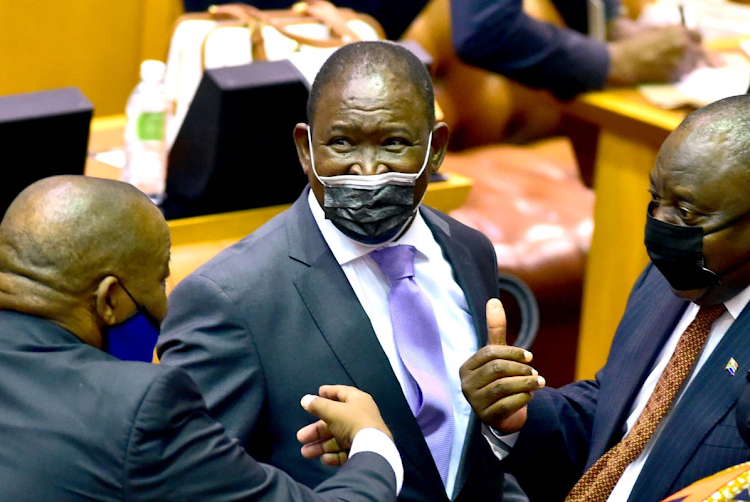From lamb chops to Lunch Bars, the Treasury’s cuts are crucial

How the finance ministry manages the reform process is going to be the final word on the budget
Fiscal consolidation is visible from the food packs we economists are served in the budget lock-up. In the pre-Covid-19 conspicuous consumption years we had a buffet of lamb chops, chicken, meat-balls, fruit salads, a variety of soft drinks and cake for dessert. That has now been replaced by a cheese sandwich, yogurt, a chicken wrap, orange juice and a Lunch Bar. There are cuts, but not all the unnecessary perks are gone — there is still chicken; there is still room to restructure the menu for a constrained budget.
The medium-term budget policy statement showed similar characteristics, the most important being that social spending has been prioritised and protected, while some perks have been reduced. If growth and revenue do not improve, there is room to reduce the quality and quantity of the spending not in line with the fiscal purse. Politicians and policymakers must map their trade-offs and implement reforms that boost economic growth to maintain or improve the perks for all.
The Treasury’s macroeconomic projections are largely in line with market expectations. The economic growth forecast for 2021 is 5.1%, marginally higher than consensus expectations of 5% but far higher than the 2.9% expected at the time of the budget in February, thanks to stronger global growth and demand and higher export commodity prices that boosted the domestic mining sector’s profitability and the overall economic performance.
Beyond this year, economic performance returns to its low-growth trap of the prepandemic years. The average annual growth forecast from 2022 to 2024 is 1.7%, much lower than the IMF’s forecast for emerging markets of 4.9%.
There is the right restructuring, with government spending contracting while investment accelerates over the medium term. A look at the expenditure components shows three aspects of the growth driver over the medium term.
First, household consumption expenditure recovers in 2021 to 5.7% before moderating to 2% over the medium term.
Second, general government spending shrinks for three consecutive years after real growth in recent years: 1.4%, 2.9% and 0.1% in 2022, 2023 and 2024 respectively, which affirms that the Treasury is sticking to its fiscal framework as tabled in February’s budget.
Third, a change in the growth of fixed investment trends is projected. After multiyears of contraction, growth in gross fixed capital formation is expected to accelerate 3.1%, 3.4% and 3.5% in 2022, 2023 and 2024 respectively. On the public sector side, part of the investment goes to economic development, which includes economic regulation and infrastructure that is projected to grow by an annual nominal average of 9.7% between 2021/2022 and 2024/2025. This is in line with restructuring government spending away from current spending towards investment.
The domestic inflation outlook is not a big story to worry about. The Treasury projects 4.5% average inflation in 2021 before averaging 4.3% over the medium term, which is not high enough for an aggressive interest rate hiking cycle. The revenue performance of R120bn, better than projected in the February budget, is a good outcome, which has been used as per our expectation — covering unplanned spending on public sector wages and social relief following the July riots and third wave of Covid-19.
The old and known domestic constraints, such as insufficient electricity, skills constraints due to poor educational outcomes, restrictive visa regimes for tourists and skilled immigrants, poor transport infrastructure and the delay in the release of telecommunications spectrum, will continue to hold back the economic recovery over the short term.
However, these reforms are scheduled for implementation in 2022, which is where the growth story should lie. They will be the yardstick by which the government’s implementation will be measured. For now, this budget passes with an eight out of 10.
